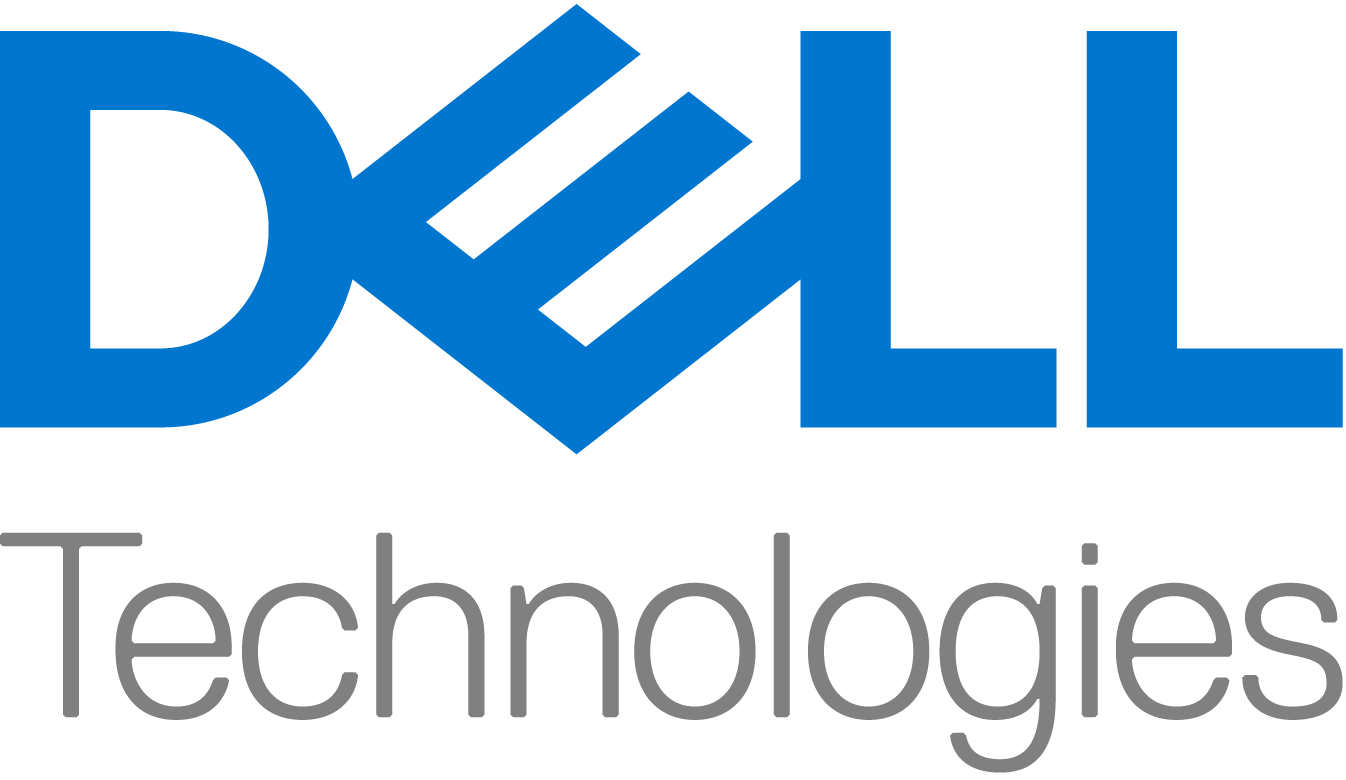By having a Cloud Smart strategy and a data-first strategy, we’re able to analyze the value of the data, the type of data, what we're going to do with that data and be able to figure out where the data should reside at any given point during its lifecycle.
Ed Krejcik
Federal Systems Engineer, Dell Technologies
Innovation in multi-cloud solutions
Flexible consumption models allow organizations to 'put a buffered capacity on the floor, maybe a committed capacity of a petabyte.' But if they run into data surges where they need two petabytes of capacity on the floor just in case, 'they can be prepared for those data loads when they occur with flexible consumption models.'
Ed Krejcik
Federal Systems Engineer, Dell Technologies
Market research firm IDC estimates that 80% of all data created today by all organizations is unstructured. And there’s a lot of data—streaming in from sensors at the edge, connected nodes, and countless devices.
“With unstructured data growing so rapidly, you really need a foundational architecture…that’s scalable, whether that’s at the edge or at the core data center,” said Ed Krejcik, manager of presales engineers for the unstructured data business unit for Dell Technologies. A scale-out architecture offers flexibility. “Just like a hyper-converged model, you add individual nodes that have capacity, compute, networking to be able to respond in an easily upgradeable fashion,” he said.
Because of the pandemic, digital transformation happened seemingly overnight. Change was everywhere, and it was rapid. Everything that was once on-premise—from data to the workforce itself—suddenly was off premise. Scalability and agility became essential functions for delivering services swiftly and securely.
Cloud Smart is about putting data “where it is of most value and also where it’s most accessible and usable from a performance perspective,” Krejcik said during an interview on Innovation in Government, a show sponsored by Carahsoft. Manage your data, manage your workload.
Many agencies are adopting a hyper-converged infrastructure to meet shifting demand. HCI is a software-defined IT infrastructure that puts storage, compute, networking and management into a single virtualized environment, eliminating silos and redundant tools. It combines that hardware with locally attached storage appliances in a unified, software-defined framework that delivers greater scalability while reducing data center complexity. It can take agencies out of traditional three-tier architectures that may have served them well over the years but are now insufficient for modernized operations.
HCI is important because many agencies will live in a hybrid cloud environment for the short to medium term. Add to that hybrid cloud environment the challenges and opportunities around security and dev/sec/ops and you can see how making sure you data is accessible becomes even more important.
The growth of unstructured data also forces agencies to improve how they manage their cloud instances, including storage. A “pay-by-the-drink” model (known more familiarly as “as-a-Service”), said Krejcik, provides agencies the flexibility required to manage the ebbs and flows of their missions.
It’s a method of providing some predictability in terms of budgeting, a notoriously tricky process in Washington, DC. “We are working with agencies to understand what they need to be prepared for,” he said. “There are tiers of performance and capacity that have rates associated with them so it’s very predictable…. [They get] a clear understanding of what the costs are going to be up front before they go down the road.”
Krejcik sees the new consumption model a game-changer for the federal government. Agencies have got to “be able to have flexible consumption models…to pay for only what they use,” he said. “It’s also a big change in the color of money, changing it from a capital expense to an operating expense.”
Agencies still struggling to manage endless streams of data now have numerous routes to establishing a responsive infrastructure that meets their specific needs and missions.
 About Dell Technologies
About Dell Technologies
Dell Technologies is a unique family of businesses that provides the essential infrastructure for organizations to build their digital future, transform IT, and protect their most important asset, information.
Copyright
© 2025 Federal News Network. All rights reserved. This website is not intended for users located within the European Economic Area.


 About Dell Technologies
About Dell Technologies




